 |
Canon has revealed the video specs of its forthcoming EOS R5 full-frame image stabilized mirrorless camera. They include including internal Raw capture of its 8K/30p footage and full-width 4K at up to 120p with 10-bit 4:2:2 recording and full AF in all modes.
The 8K is the most striking detail. This will be offers in a choice of internal Raw capture or 10-bit 4:2:2 H.265 modes. These gamma-encoded modes will have the option of Canon Log or HDR PQ output, depending on whether you plan to color grade or want to shoot directly for HDR display. Full Dual Pixel AF will be available, Canon says.
 |
The 8K footage comes from the whole width of the sensor, as does its DCI 4K output, which could imply the use of the wider-screen 8192 x 4320 pixel version of 8K (a 1.90:1 ratio ration than 16:9).
4K specs extend up to internal 120p capture, with use of the full width for the DCI 4096 x 2160 shooting. Again there’s the option of 10-bit 4:2:2 H.265 capture in either C-Log or HDR PQ. 4K/60p footage can be recorded internally or output over HDMI.
The camera will have dual card slots: one for CFexpress cards and one UHS-II SD slot. We’d expect the camera’s highest quality modes to only work with the faster CFexpress slot.
 |
Canon has not specified data rates or recording times for any of these modes. These, along with battery life, are likely to play a big role in dictating how flexible the camera is. Most current stills/video cameras struggle to deliver their highest resolutions and frame rates for extended periods due to heat build-up, so there may be limits to how long the R5 can maintain its impressive capabilities.
Press Release:
THE EXCITEMENT BUILDS: CANON ANNOUNCES ADDITIONAL IN-DEMAND SPECIFICATIONS OF THE EOS R5 FULL-FRAME MIRRORLESS CAMERA
MELVILLE, N.Y., April 20, 2020 – Canon U.S.A. Inc., a leader in digital imaging solutions, today is sharing additional specifications of the highly anticipated Canon EOS R5 full-frame mirrorless camera currently in development. The newly released information divulges further details on the 8K video recording capability, IBIS and more.
Newly Announced Details of The Canon EOS R5 Full-Frame Mirrorless Camera include:
- 8K RAW internal video recording up to 29.97 fps
- 8K internal video recording up to 29.97 fps in 4:2:2 10-bit Canon Log (H.265)/4:2:2 10-bit HDR PQ (H.265).
- 4K internal video recording up to 119.88 fps in 4:2:2 10-bit Canon Log (H.265)/4:2:2 10-bit HDR PQ (H.265). 4K external recording is also available up to 59.94 fps.
- No crop 8K and 4K video capture using the full-width of the sensor.*
- Dual Pixel CMOS AF available in all 8K and 4K recording modes.
- Canon Log available in 8K and 4K internal recording modes.
- A Canon first, the EOS R5 will feature 5-axis In-Body Image Stabilization, which works in conjunction with Optical IS equipped with many of the RF and EF lenses.
- Dual-card slots: 1x CFexpress and 1x SD UHS-II.
To learn more about the Canon EOS R5 Full-Frame Mirrorless Camera and the additional information announced, please visit, usa.canon.com/EOSR5
*When in 8K RAW, 8K/4K DCI modes.
Articles: Digital Photography Review (dpreview.com)




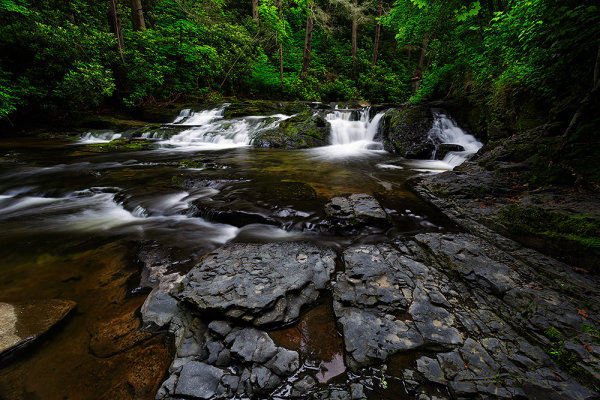
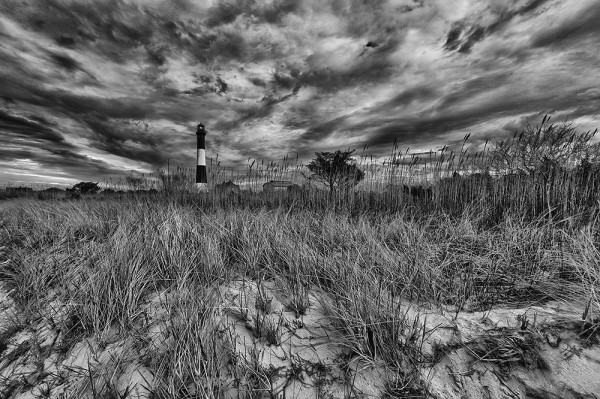
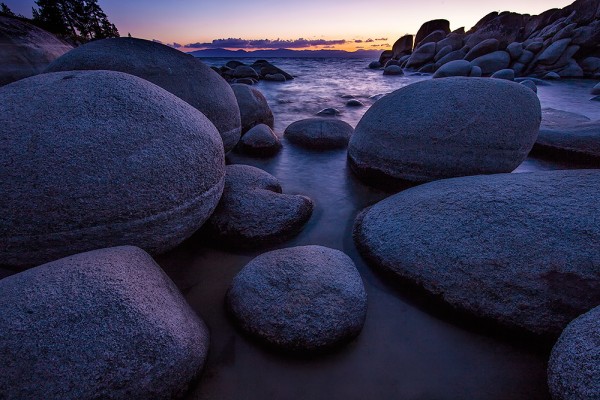
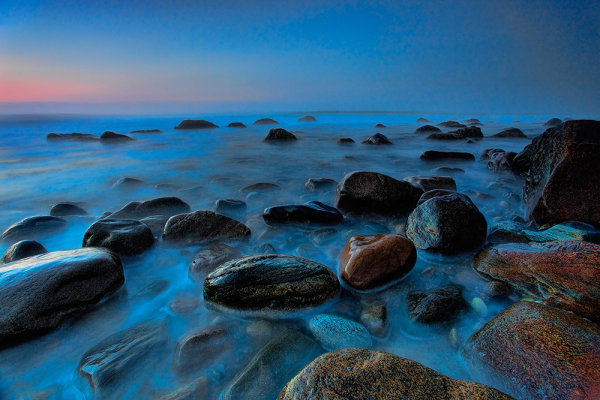
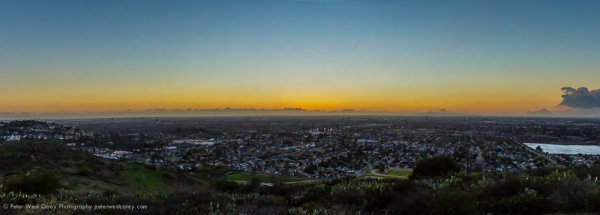
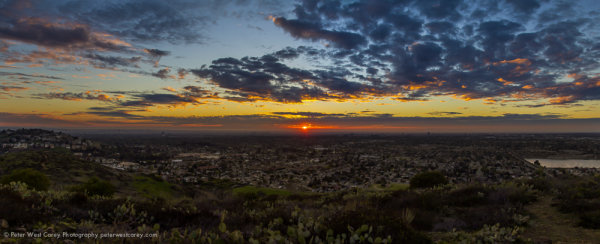
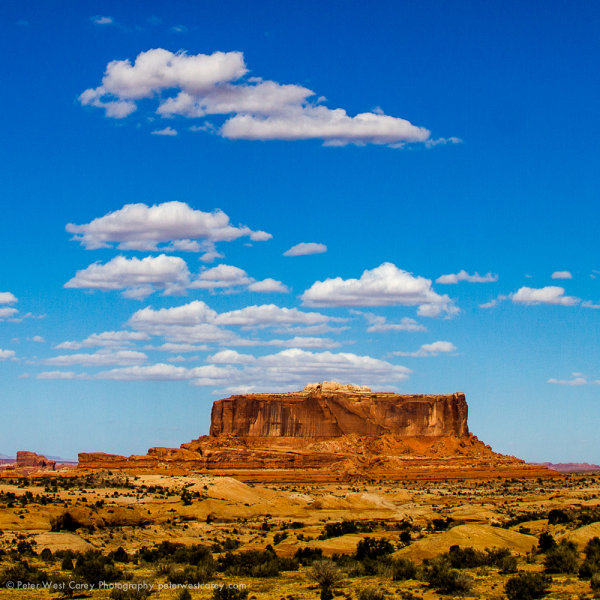
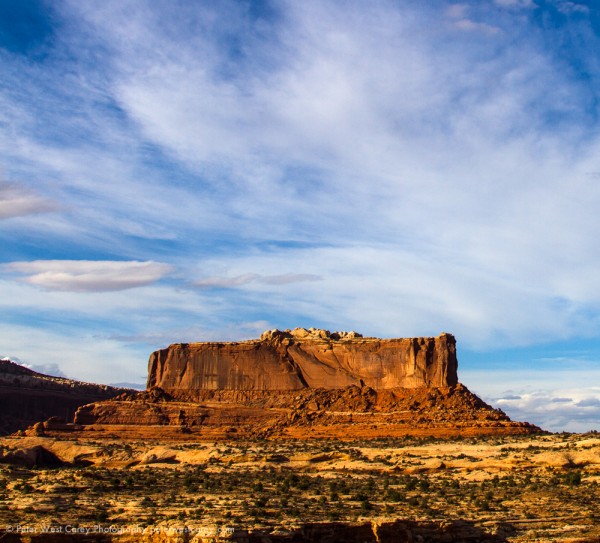 It’s the mistake of beginning photographers to think their one shot of Yosemite or New York or anywhere with a sky is the “one” shot. That’s the wonderful thing about photography and this planet; weather and clouds play a big part in the mood in an image.If the clouds aren’t they way you want them, wait five minutes, an hour, a day or even a season to find the right mood for your image.
It’s the mistake of beginning photographers to think their one shot of Yosemite or New York or anywhere with a sky is the “one” shot. That’s the wonderful thing about photography and this planet; weather and clouds play a big part in the mood in an image.If the clouds aren’t they way you want them, wait five minutes, an hour, a day or even a season to find the right mood for your image.
You must be logged in to post a comment.